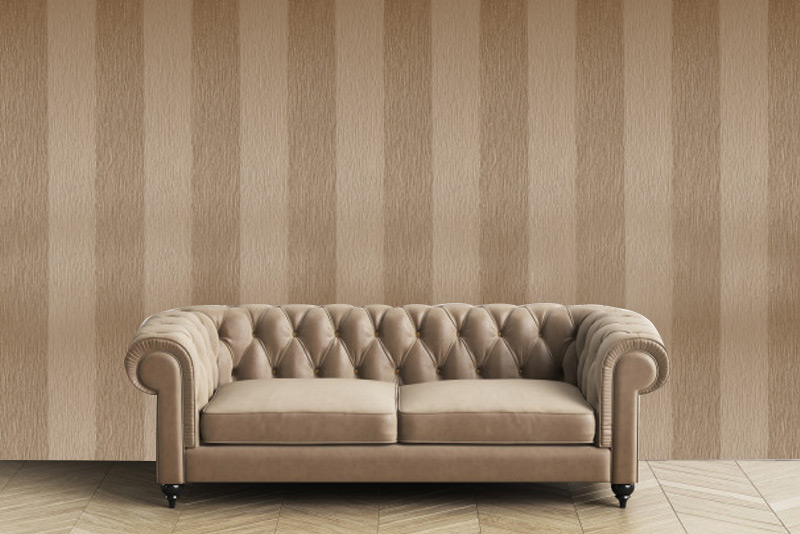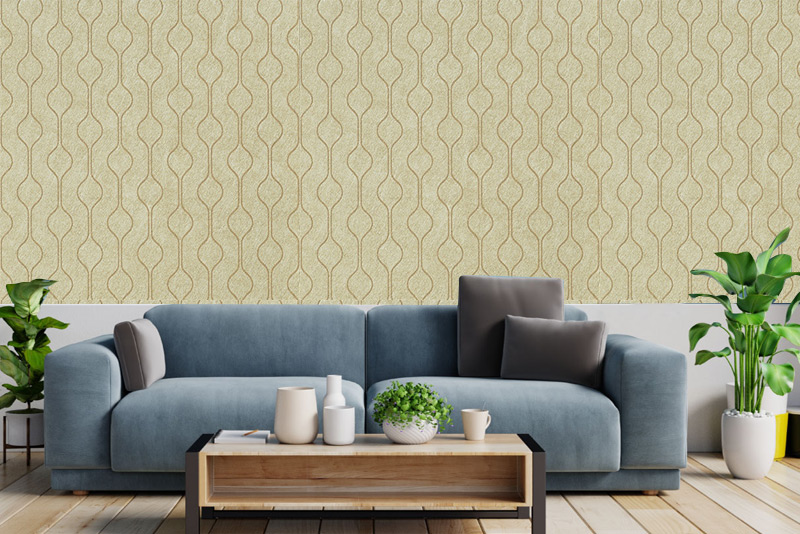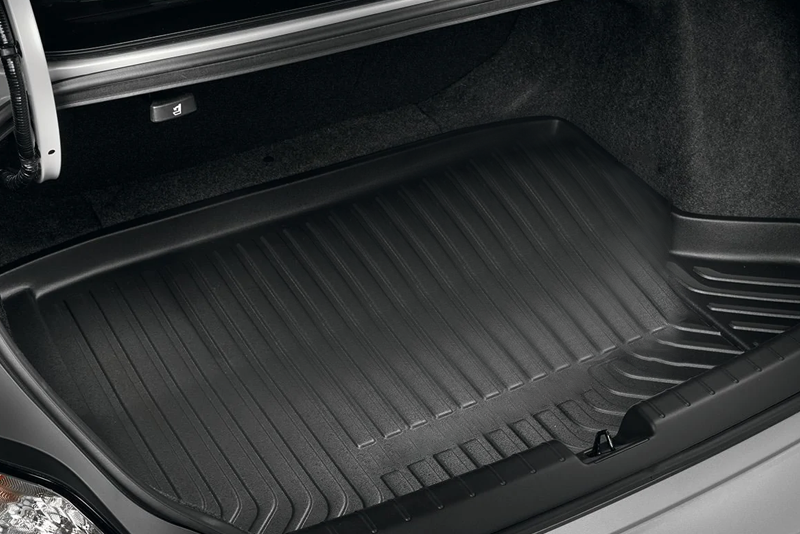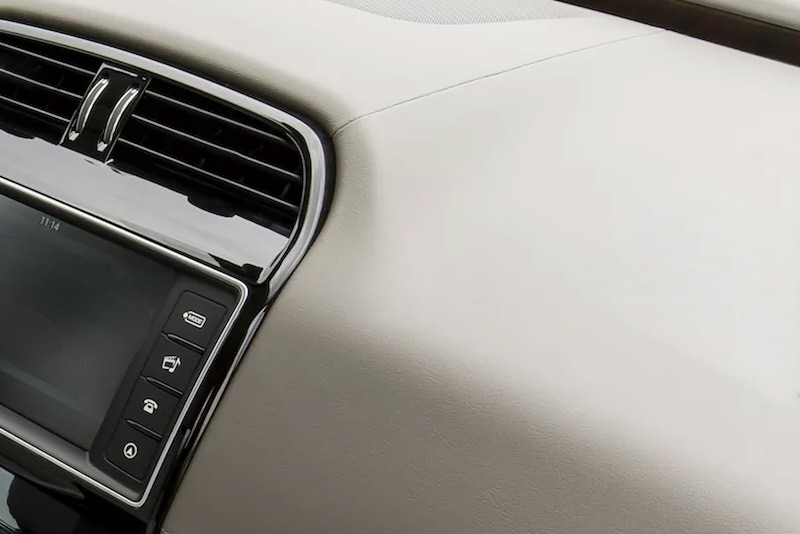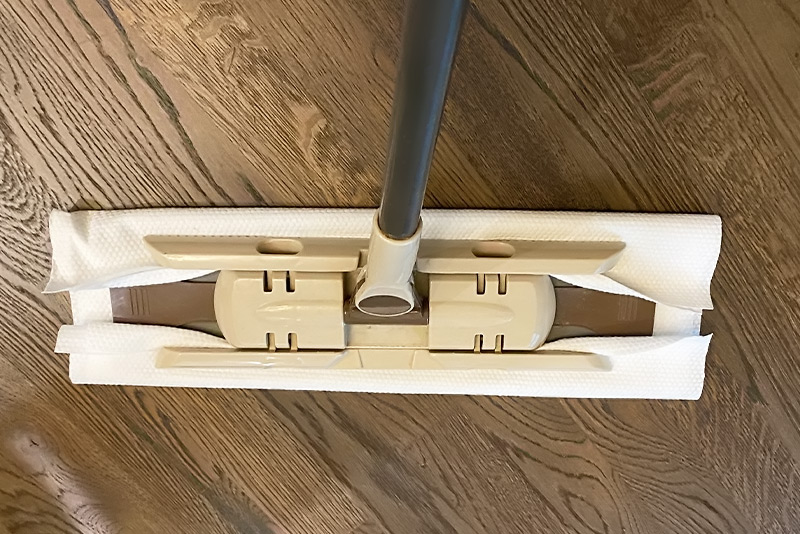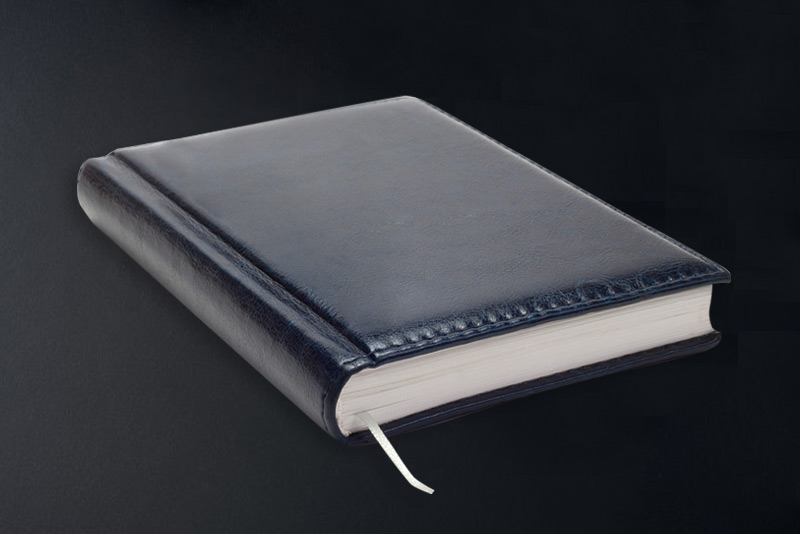These two are common mask materials, each has its own advantages.
Non-woven facial masks are mainly made of petrochemical components, and the fibers in them are bonded together by physical methods.
Advantages: low cost, mass production, light texture and stable performance.
Disadvantages: Non-woven fabrics have poor air permeability and poor skin affinity, so the absorption of essence is not high.
The natural plant fibers used in the silk mask are interwoven with organic solvents.
Advantages: Excellent extensibility, light texture, good skin adhesion, and a lot of essence. Soft, the surface is transparent, and the absorption of essence is better.
Disadvantages: The carrying essence is less, it is easy to stay in the mask bag, and sometimes the essence will flow down during the application process.
The popular non-woven fabric masks on the market are mostly blended non-woven fabrics with a thickness of 30g-70g. It is mainly made of pure cotton non-woven fabrics and tencel non-woven fabrics. Because of its perfect skin-friendly effect, it improves the weakness of the "fitness" of the stick-on mask.


 English
English 简体中文
简体中文 日本語
日本語
